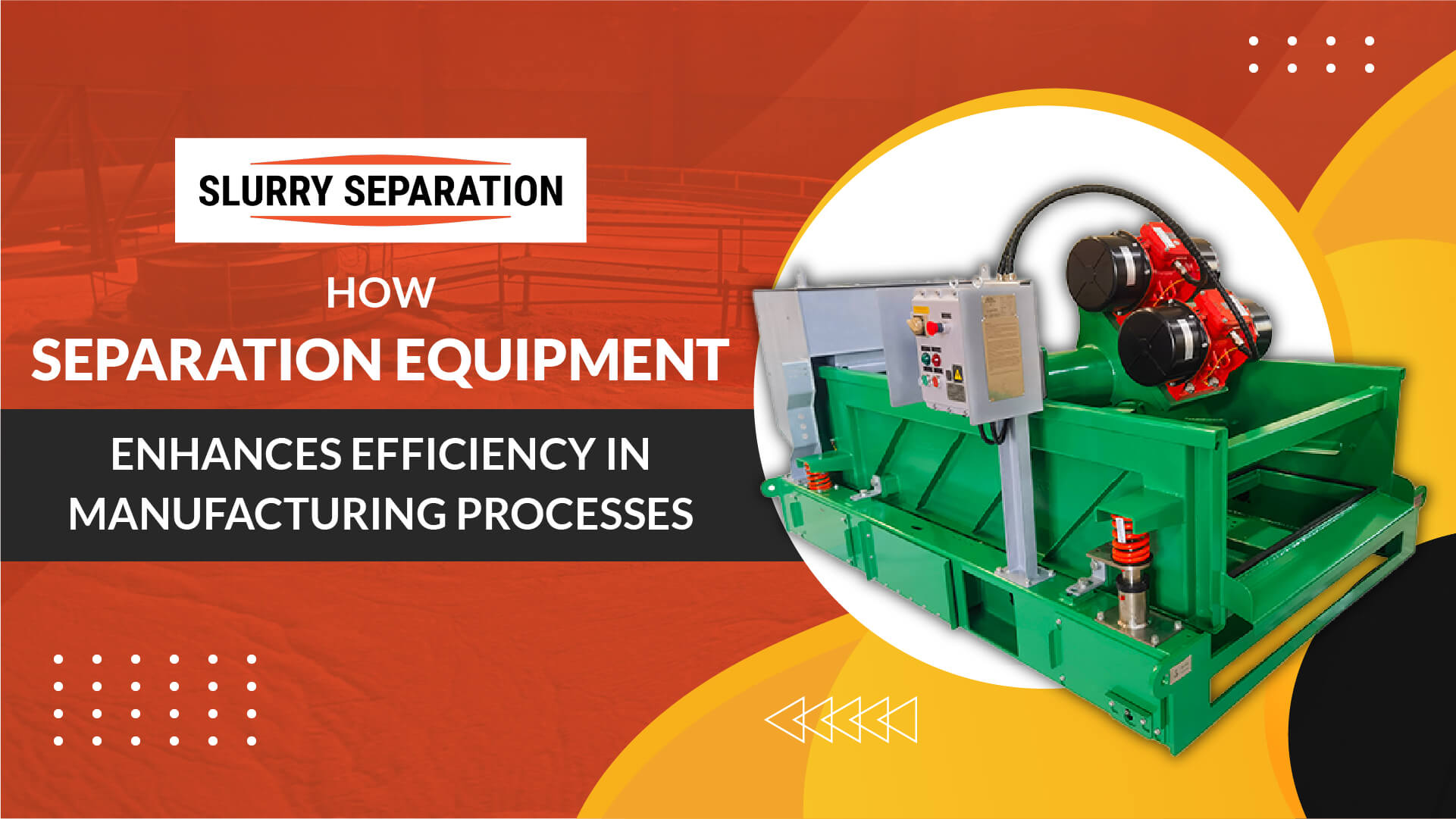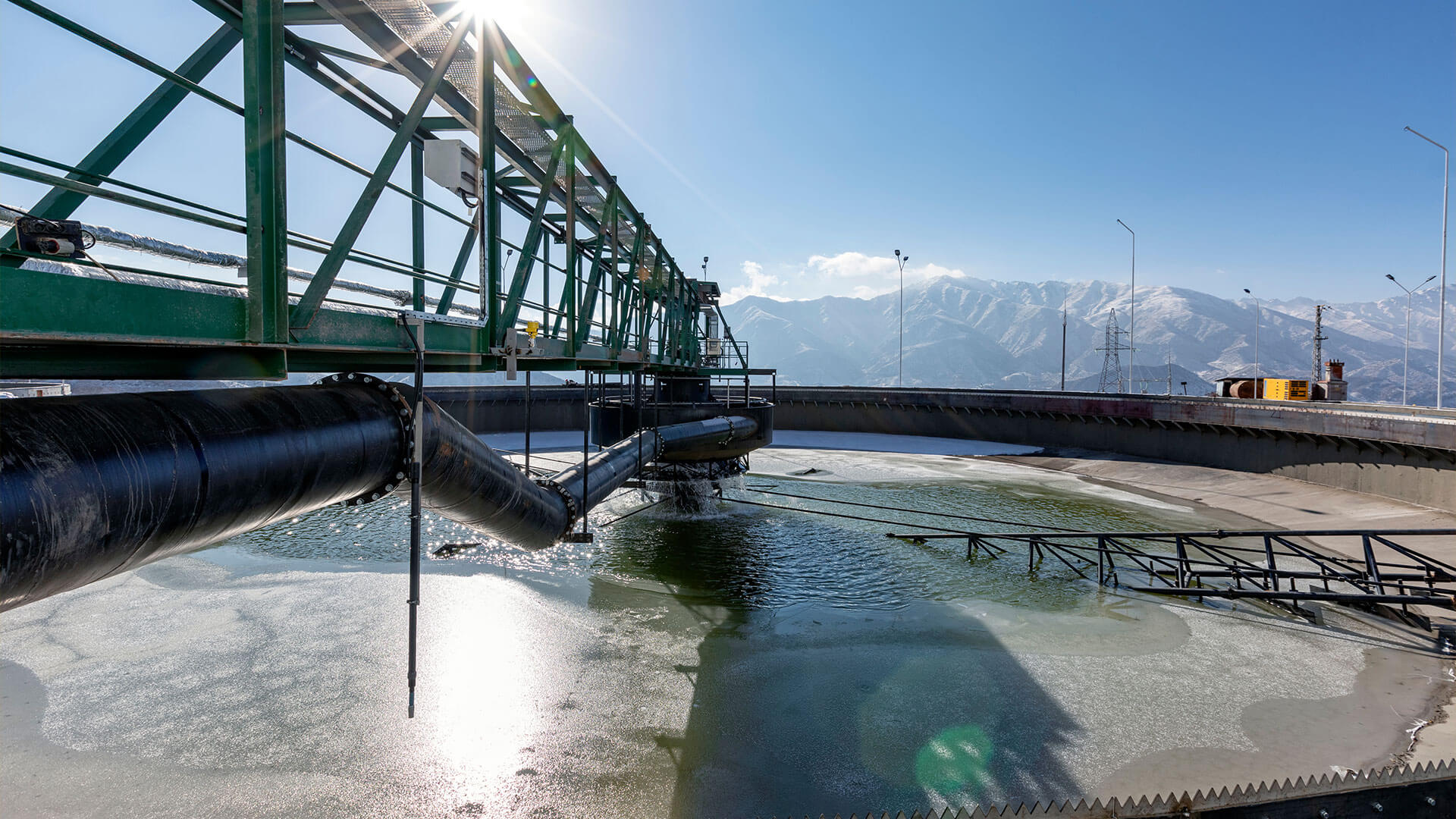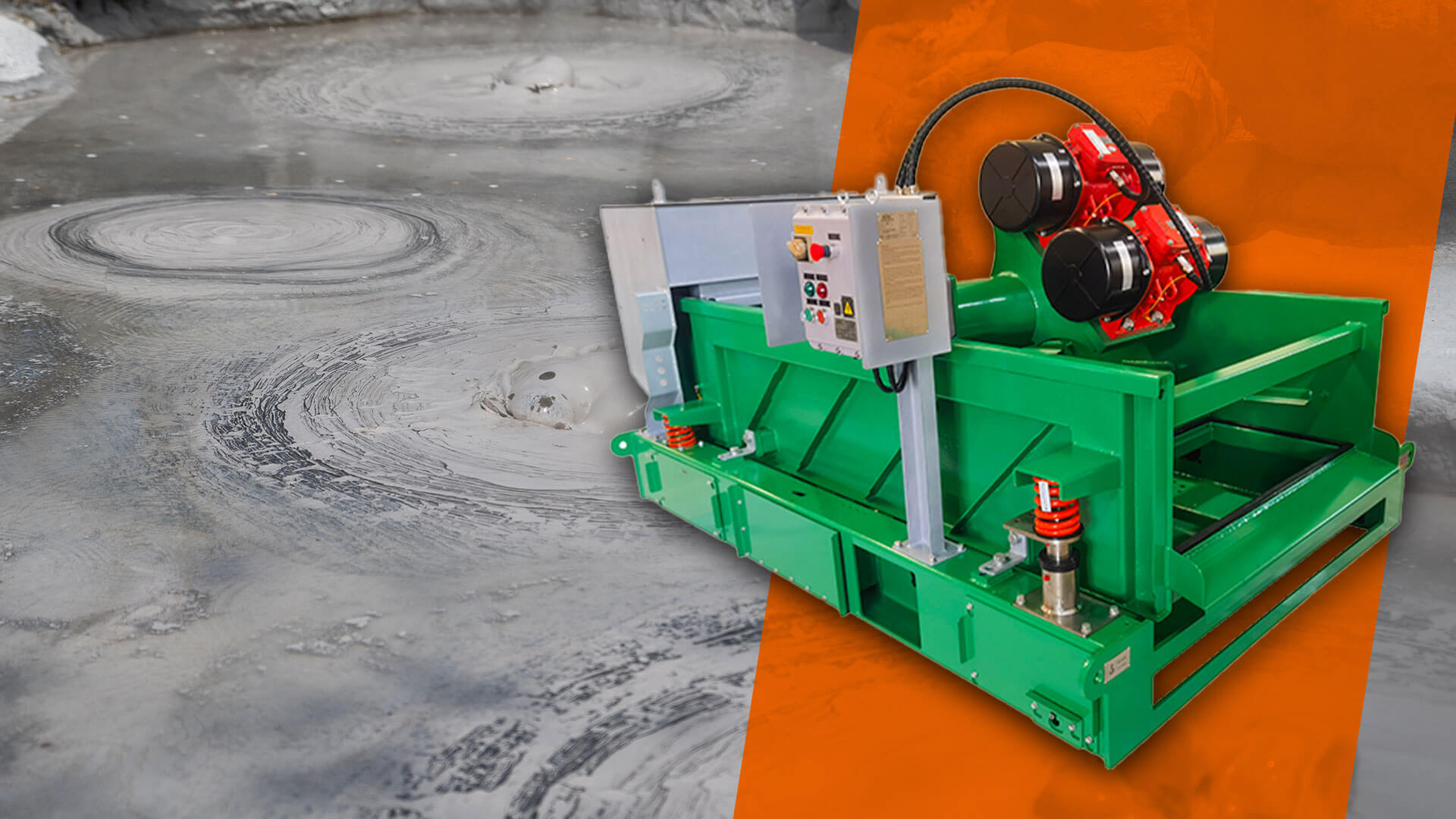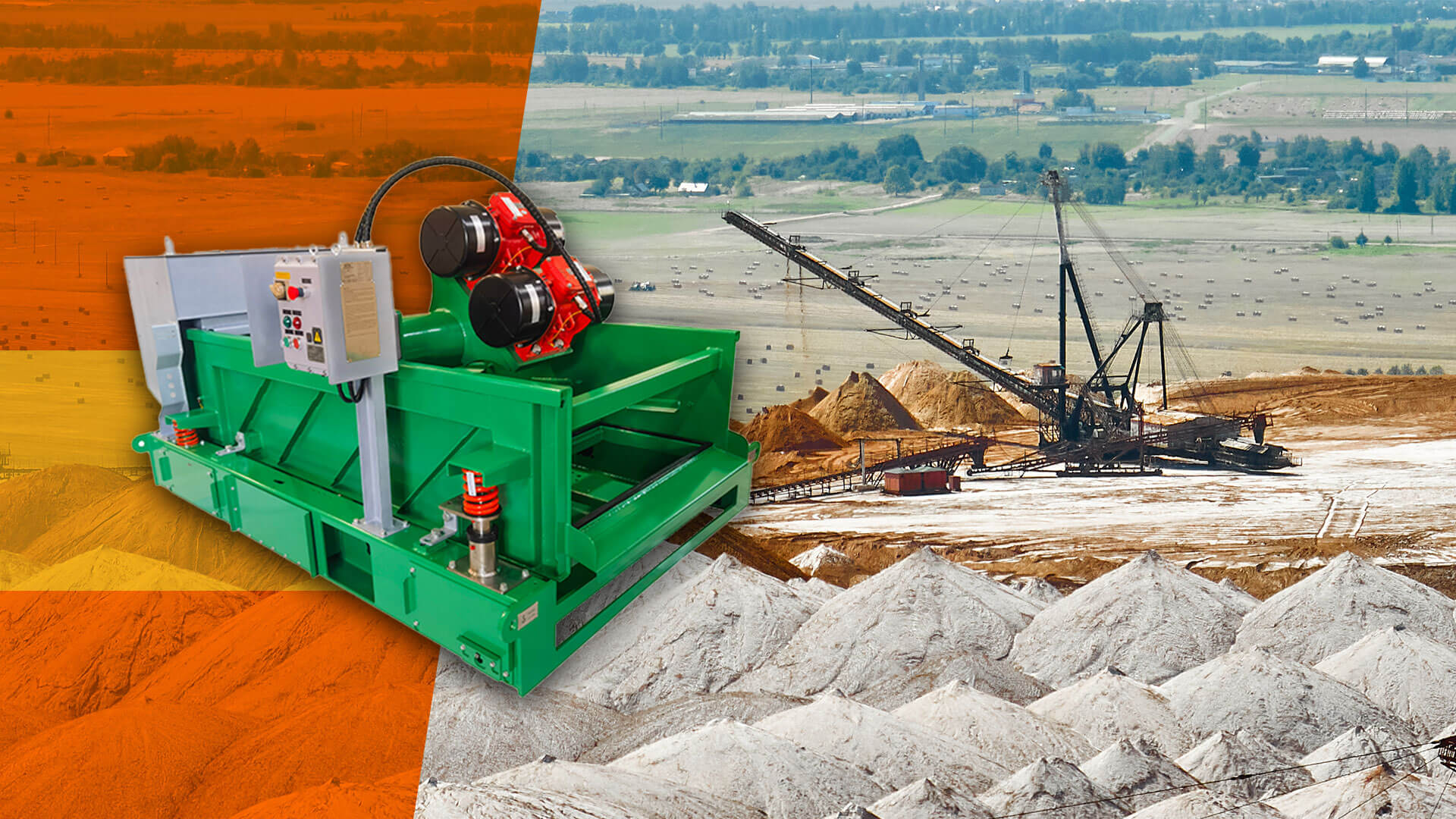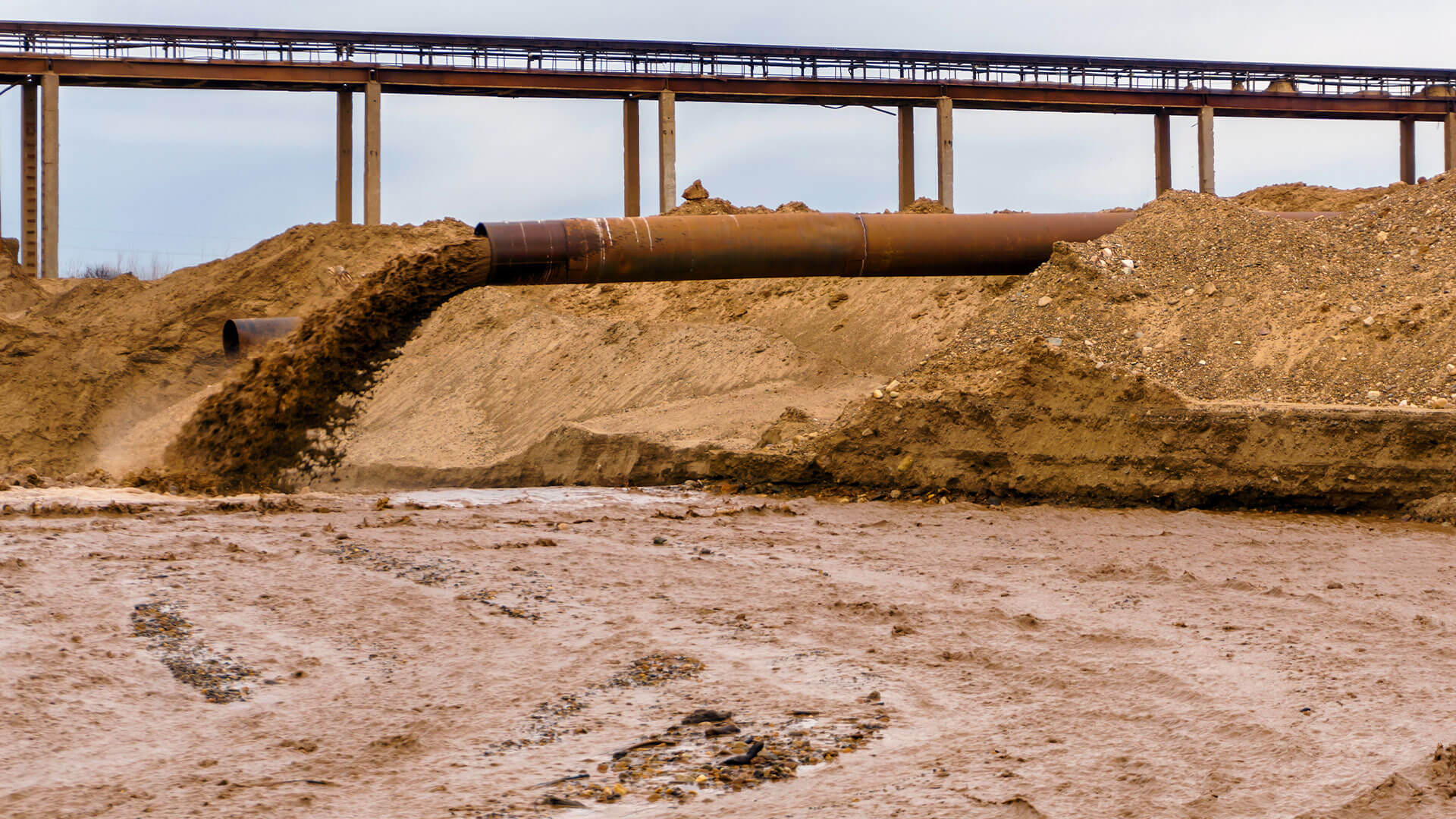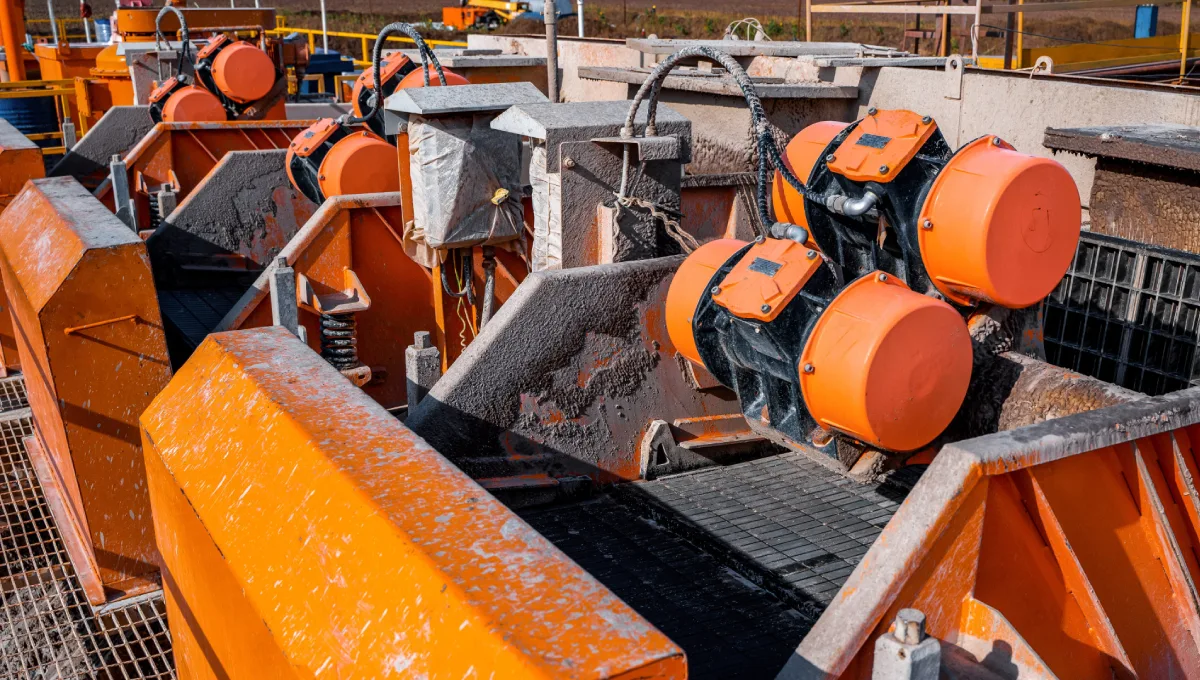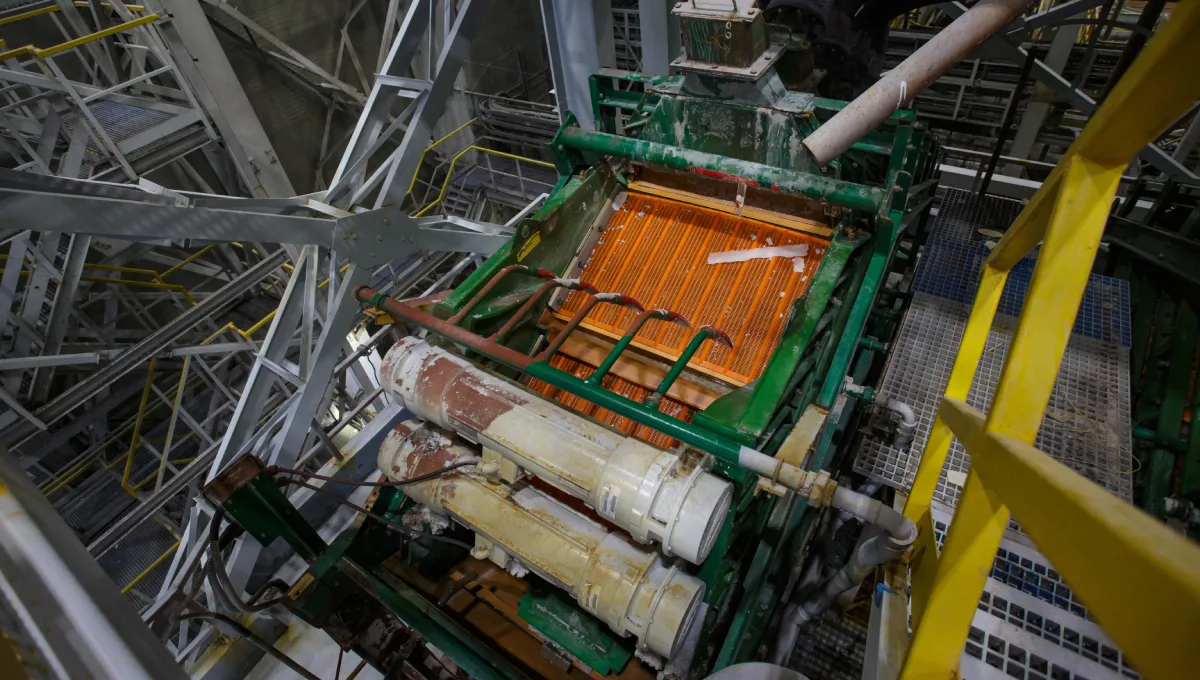- The Importance of Efficient Separation Processes in Manufacturing
- Understanding Separation Equipment
- Key Benefits of Separation Equipment in Manufacturing
- Common Types of Separation Equipment Used in Manufacturing
- Enhancing Energy Efficiency through Separation Technology
- Factors to Consider When Choosing Separation Equipment
- The Future of Separation Equipment in Manufacturing
- Conclusion
In modern manufacturing, efficiency and precision are critical to ensuring product quality and maximizing profitability. One essential aspect of achieving these goals is the use of separation equipment. Whether it’s in pharmaceuticals, food processing, or chemical production, separation equipment plays a vital role in streamlining processes, improving product quality, and reducing waste. By effectively separating materials, whether solid from liquid, liquid from liquid, or gas from solid, manufacturers can enhance productivity while ensuring high levels of quality control. Equipment like magnetic separation equipment and shale shakers has become indispensable in industries where separating components is critical to maintaining operational efficiency.
The Importance of Efficient Separation Processes in Manufacturing
Separation processes are integral to operations in industries like pharmaceuticals, food processing, and chemicals. Whether it’s purifying a pharmaceutical compound, separating contaminants from food products, or extracting chemicals, these industries rely heavily on the efficiency of their separation equipment. Efficient separation not only ensures product purity but also contributes to reducing waste, saving energy, and optimizing resource usage. A well-executed separation process can lead to increased throughput, reduced operating costs, and overall better product consistency, all of which are crucial for staying competitive in today’s fast-paced industrial landscape. Specialized equipment like magnetic separation equipment is often used in food processing and pharmaceuticals to eliminate unwanted metal contaminants, enhancing both safety and product quality.
Key Benefits of Separation Equipment in Enhancing Productivity and Quality Control
Separation equipment has revolutionized the manufacturing world by enabling businesses to achieve higher productivity and better quality control. The key benefits include:
- Increased production efficiency: Modern separation equipment allows for faster processing times, reducing the overall production cycle and enabling manufacturers to meet demand quickly.
- Enhanced product quality: Precise separation of materials ensures that the final product meets stringent quality standards. This is especially important in industries like pharmaceuticals and food processing, where product purity is critical.
- Reduction in waste: By maximizing raw material utilization and minimizing waste, manufacturers can operate more sustainably while cutting costs associated with waste management. Equipment such as shale shakers aids in filtering out particulates, allowing for better raw material recovery in oil and gas industries.
Understanding Separation Equipment
Definition of Separation Equipment
Separation equipment refers to machinery used to divide different components from a mixture. This process can be based on the physical properties of materials, such as size, density, or phase (solid, liquid, gas). Common separation equipment includes centrifuges, filters, screens, and magnetic separators. Magnetic separation equipment is particularly useful in industries that need to eliminate ferrous contaminants, ensuring product integrity in sectors such as food processing and pharmaceuticals.
Types of Separation Processes in Manufacturing
There are several types of separation processes used in manufacturing:
- Solid-liquid separation: Used in industries like pharmaceuticals and food processing to remove solid impurities from liquids or recover valuable solids.
- Liquid-liquid separation: Common in chemical manufacturing where two immiscible liquids, like oil and water, need to be separated.
- Gas-solid separation: Employed in processes where fine particulates need to be removed from gases, such as in dust collection systems or shale shakers used in oil drilling to remove cuttings from drilling fluids.
Key Benefits of Separation Equipment in Manufacturing
Increased Production Efficiency
Separation equipment drastically reduces the time required to process materials. For example, in the food processing industry, modern filtration systems quickly remove contaminants, allowing products to be processed in a fraction of the time. This increase in speed leads to higher production throughput, enabling manufacturers to meet market demand more effectively. Additionally, magnetic separation equipment can significantly reduce the time spent on quality control by automating the removal of unwanted metallic particles.
Enhanced Product Quality
Precision separation is essential for ensuring product quality. In pharmaceutical manufacturing, separation equipment is used to remove impurities from compounds, ensuring that the final product is safe and effective. Similarly, in the chemical industry, precise separation processes help maintain product consistency and meet regulatory standards. The use of magnetic separation equipment in food and pharmaceutical industries is especially critical for ensuring that harmful metal contaminants do not make it into the final product.
Reduction in Waste and Raw Material Usage
Separation equipment plays a key role in minimizing waste and maximizing the use of raw materials. By ensuring that valuable components are efficiently separated and recovered, manufacturers can reduce the amount of discarded material. This not only cuts down on waste disposal costs but also leads to more sustainable production practices. In the oil and gas industry, shale shakers are used to recover drilling fluids, minimize waste, and reuse valuable resources.
Common Types of Separation Equipment Used in Manufacturing
Centrifugal Separators
Centrifugal separators use high-speed rotation to separate substances based on their density. They are used in industries like dairy processing to separate cream from milk and in the chemical industry to remove solid impurities from liquids. The versatility and speed of centrifugal separation make it a popular choice across multiple industries.
Membrane Filtration Systems
Membrane filtration systems use a semi-permeable membrane to separate substances based on particle size. This technology is widely used in the pharmaceutical and food industries for processes such as sterilization and purification. Membrane systems are known for their high efficiency and ability to filter even the smallest particles.
Cyclones and hydrocyclones
Cyclones and hydrocyclones are used to separate solid particles from a gas or liquid based on the particle’s size and density. These systems are widely used in industries that deal with particulate matter, such as mining and cement production. Cyclones offer a cost-effective solution for separating large volumes of material.
Vibratory Screens
Vibratory screens separate materials based on size, using vibrating mechanisms to allow smaller particles to pass through while larger particles are retained. This technology is widely used in industries like mining, agriculture, and food processing to grade and separate bulk materials.
Magnetic Separators
Magnetic separation equipment uses magnets to remove metal contaminants from products, making it essential in industries like food processing and pharmaceuticals. These systems ensure that the final product is free from metal impurities, improving product safety and quality.
Enhancing Energy Efficiency through Separation Technology
Energy-Saving Innovations
Modern separation equipment is designed with energy efficiency in mind. For instance, newer membrane filtration systems use less energy by operating at lower pressures while maintaining high separation efficiency. This reduction in energy consumption translates to lower operating costs and a smaller environmental footprint.
Automation and Smart Monitoring
The integration of automation and IoT (Internet of Things) technology into separation equipment has allowed for smarter monitoring and control. Automated systems can adjust separation parameters in real-time, ensuring optimal performance while reducing the need for manual intervention. This not only improves efficiency but also helps reduce energy consumption.
Factors to Consider When Choosing Separation Equipment
Material Compatibility
When selecting separation equipment, it’s important to consider the nature of the material being processed. Different equipment types are suited for various materials, and using the wrong kind of equipment can lead to inefficiencies and potential damage to the machinery.
Processing Capacity
Manufacturers need to evaluate the size and capacity of the separation equipment to ensure it can handle the required throughput. Underestimating capacity can lead to bottlenecks, while oversizing can result in unnecessary energy consumption.
Maintenance and Durability
Long-term maintenance and durability are key factors in choosing separation equipment. Systems that are easy to maintain and built to last reduce downtime and ensure smooth operation over time.
The Future of Separation Equipment in Manufacturing
Advancements in Technology
Emerging trends in separation technology, such as nanofiltration and AI integration, are set to revolutionize the industry. These advancements promise even higher efficiency and precision, paving the way for more sustainable manufacturing processes.
Sustainability and Eco-Friendly Solutions
Separation equipment contributes to green manufacturing by reducing waste and optimizing resource usage. Future developments will likely focus on improving energy efficiency and reducing the environmental impact of industrial processes.
Conclusion
Separation equipment plays a critical role in enhancing efficiency in manufacturing processes. From improving product quality to reducing waste, these systems are indispensable for modern industrial operations. As technology continues to advance, separation equipment will become even more efficient and eco-friendly, driving further improvements in productivity and sustainability across industries.

